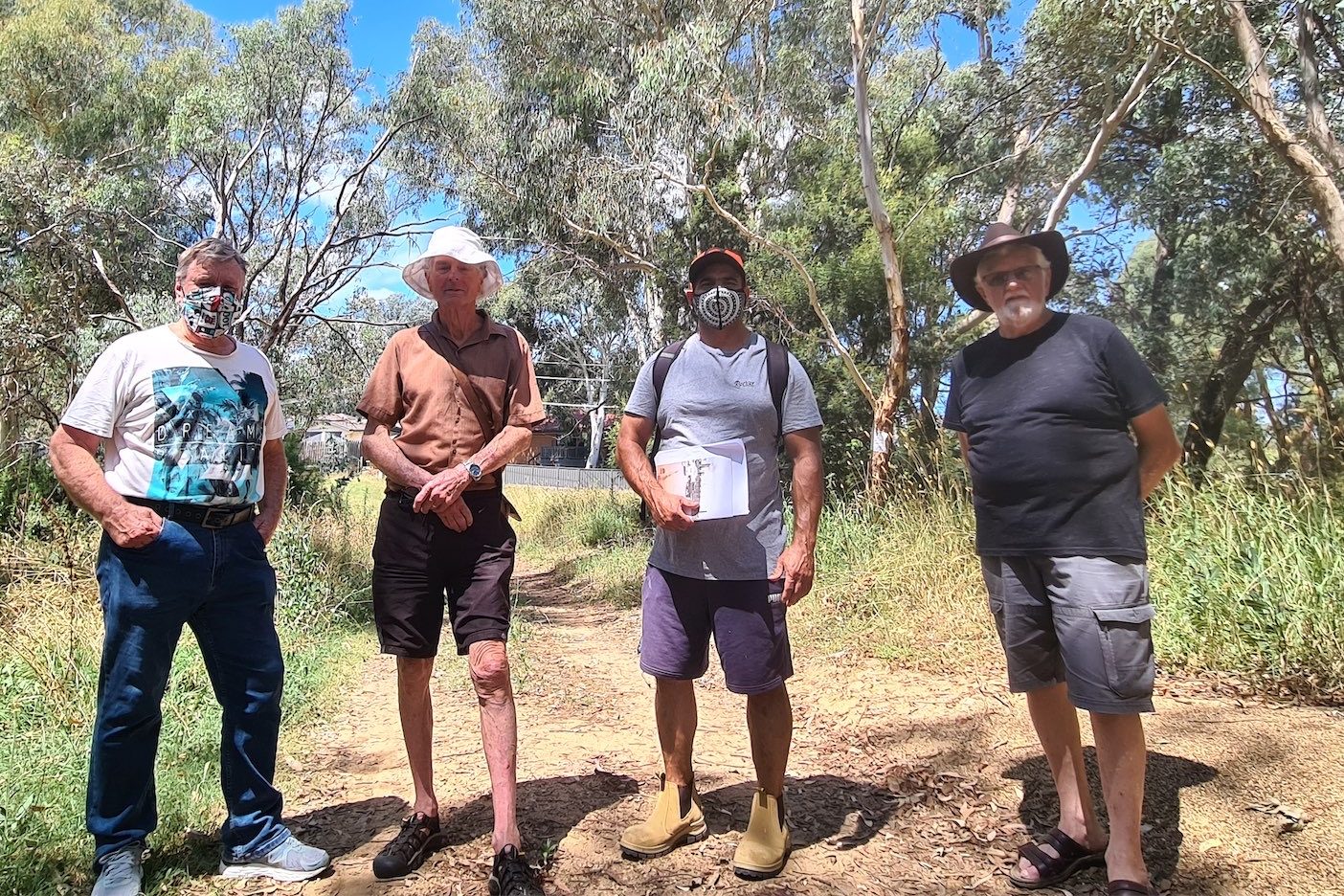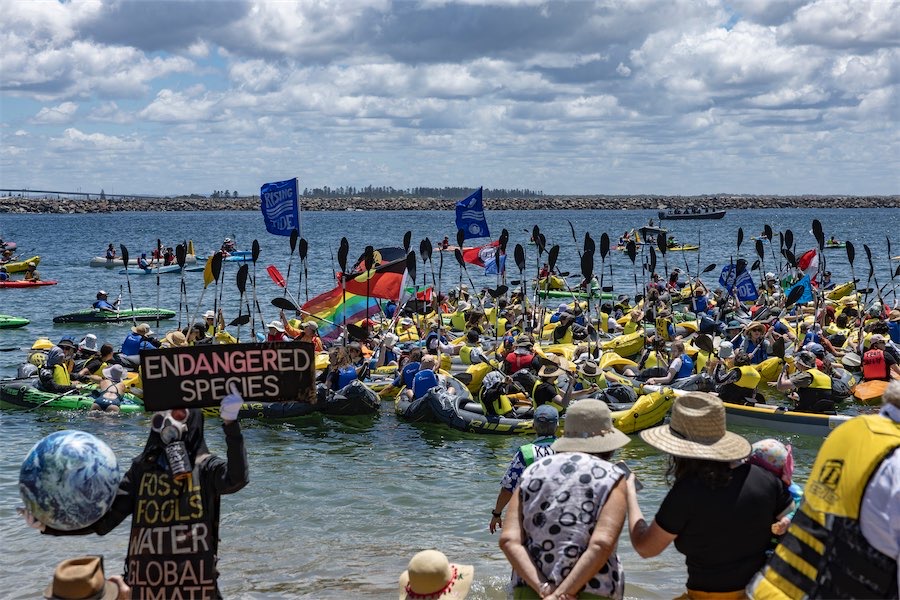
A RESIDENTS’ action group who say they weren’t told about the installation of sewerage units in their local park and district are calling for a halt to the project out of concerns for health, biodiversity and indigenous heritage.
Four Odour Control Units (OCUs) are about to be built by Icon Water in the Umbagong District Park and in the surrounding area as part of the Belconnen Trunk Sewer Project.
The units are designed to reduce “odour issues” through ventilation and are required due to increased sewer flows from new suburbs in Gungahlin.
While convenor of the action group Chris Watson said he understands the necessity of the units, he and other locals of the Umbagong Protection Society are rallying to see them built elsewhere.
“Thousands of square meters of land will be removed to make way for these units meaning we’d lose many trees, especially in the park, it would be a tragedy,” said Mr Watson.
“This park can’t be thought of as public land for sewage or business, we want people to relish and understand this lovely area.”
The units are 20 metres long by seven metres wide by 4.5 metres high, with a ventilation stack reaching 14 metres high. Land surrounding the units must be cleared to make way for truck entry and maintenance. Icon Water said it will replant double the trees it removes to accommodate the impact.
The park, bordered by Holt, Latham and Macgregor, survived a residential development in 1994 after another action group that Mr Watson was also a part of protested against the project. Despite this, the area has since been zoned as public land allowing it to be built upon.
While Icon Water said multiple forums of public consultation were undertaken, a number of nearby residents said they weren’t informed about the project until after its approval by the Environment, Planning and Sustainable Development Directorate.
“I only became aware of the development last year when I went online and I found the concentrated areas of emissions expected from the units,” said David Proctor, who lives metres away from the park development site.
“The highest emission zone from these units happened to be circled right around my house and that certainly got my attention.”
Another nearby resident, Jon Stirzaker, said he too was not made aware of the development before its approval.
“I’m on the other side of the road and we got no notification whatsoever,” he said.
The OCUs reduce the corrosive effects of hydrogen sulfide in sewerage pipes by filtering odours from the gas and discharging it into the air.
Mr Watson is concerned about the health effects on nearby residents from these emissions which he said Icon had provided no safety information on, nor a risk management plan in the event of a unit’s malfunction.
Icon said continuous hydrogen sulfide monitors will be installed at the inlet and outlet to ensure the system is performing as designed.
The development is also a concern for cultural director of the Traditional Owners Aboriginal Corporation (TOAC) Richie Allan, who said the clearing of the land would cause a loss of biodiversity and Aboriginal heritage.
“We’re losing more and more of our cultural identity, more land is going,” said Mr Allan.
“It makes sense to leave it so that the future generations can enjoy this habitat, so they can enjoy coming and seeing a eucalyptus tree and a yellowbox.
“You can’t do that when you have these developments that clearly could be elsewhere.
“Where are the Australian people looking after Australian history?” he said.
“If you call yourself an Australian, this belongs to you; if you call yourself a Canberran, this belongs to you and once it’s gone it’s not coming back.”
The park also features axe-grinding grooves in the volcanic tuff of the creek bed near the development site, which Mr Allan said served as another reminder of the indigenous significance of the area.
Icon Water said its consultation process involved four registered Aboriginal organisations.
The Protection Society hosted a rally in late November to protest and are now calling for a moratorium on the project until further consultation is undertaken.
“We would like to have a public Assembly inquiry with the appropriate committee that considers health problems, biodiversity and indigenous implications,” said Mr Watson.
Who can be trusted?
In a world of spin and confusion, there’s never been a more important time to support independent journalism in Canberra.
If you trust our work online and want to enforce the power of independent voices, I invite you to make a small contribution.
Every dollar of support is invested back into our journalism to help keep citynews.com.au strong and free.
Thank you,
Ian Meikle, editor




Leave a Reply